If you have an interest in flexing your green thumb no matter the season, you have probably considered building a greenhouse on your property. The only question is, what kind of greenhouse? With so many variations, it can be hard to determine which is best for your situation.
Of the different types, one major factor you will need to determine is whether your greenhouse sunroom kit will be attached or freestanding. Let’s take a look at the different pros and cons each style has to offer so you can determine which would be ideal for your property.
Freestanding Greenhouses
Pros
Freestanding greenhouse sunroom kits, as the name implies, are entirely independent buildings. These are preferable if you want a larger greenhouse. Because it is not attached to your home or any other existing structure, the size of your greenhouse is limited only by the size of your property. Furthermore, some manufacturers offer designs that allow you to alter the size of your greenhouse later if you feel you need to expand and add more space.
It is always best to order the largest greenhouse that will fit into your budget as you will wish that you had more growing space after a few years. Buying a larger greenhouse than you originally intended is typically more cost-effective than trying to retrofit the foundation for a larger size greenhouse later.
Naturally, freestanding greenhouses can be oriented and placed anywhere for optimal sunlight. You will want to ensure the greenhouse is sheltered from harsh winds, situated on well-drained soil, and easily accessible. For example, if you also have an outdoor garden, you can build the greenhouse next to it so that transporting plants in and out of the structure is more convenient.
Freestanding greenhouses also feature the greatest range and flexibility in their designs, allowing for any shape or style you may desire. This helps ensure that your greenhouse can best complement your property or fit a certain style you may have in mind.
Cons
The biggest cons of freestanding greenhouses boil down to inconveniences. In particular, the biggest challenge will be bringing power and water to the greenhouse. You will likely need to dig a ditch to lay down new water pipes and a suitable extension cord to run power from your home to the greenhouse. This is where some professional assistance may be necessary, although it will be a larger investment. Depending on the distance from your home, the greenhouse will also need to transport larger amounts of energy to and from your home to stay powered and functioning.
Because all four sides of the greenhouse are exposed, freestanding variants often experience greater heat loss, especially when the weather gets colder and harsher. To try and prevent heat from escaping the greenhouse, you can insulate the north side of your greenhouse, but this is often a trade-off as the insulation will cut down the light levels of your greenhouse. Sturdi-Built Greenhouse offers a dual-pane system called the “Thermal Option” that can help insulate your greenhouse naturally, reducing energy costs.
During the winter, heavy snowfall can make getting to your greenhouse inconvenient. You must be able to get to your greenhouse so that you can ensure snow does not pile up on the top of the structure and potentially cause the roof to collapse. If you do experience heavy snowfall, choose a design with a steeper roof pitch, like our Tudor greenhouse, as the steeper roof pitch will allow the snow to slough off naturally.
Overall, if you value great flexibility in design and more space to grow more plants, then a freestanding greenhouse is best. Just make sure to keep these cons in mind so that you can plan accordingly and foresee possible issues before they occur.
Attached Greenhouses
Pros
Attached greenhouse sunroom kits, as the name implies, are attached to your home or another outbuilding and are no different from any new remodeling addition. These designs are often referred to as “lean-to” or “attached.” Models that are attached at the ridge are often referred to as “lean-tos,” and those attached at the gable end as “attached.” They add several hundred square feet of new living space and improve property value. When comparing attached versus freestanding greenhouse sunroom kits, attached kits are much more limited in their size, placement, and design. Many casual gardeners and green thumbs prefer attached greenhouses. That’s because, although they lack in size and design flexibility, attached greenhouses offer several benefits.
During the throes of winter, an attached greenhouse provides a natural heat source for your home: daylight. Because greenhouses trap the heat of the sun, you can use less electricity to artificially heat your home. Heat transfer from your home to your greenhouse will keep your greenhouse warmer and reduce greenhouse heating costs. Additionally, an attached greenhouse can increase humidity in your home, preventing dry skin. It can also provide your home with an additional layer of insulation by acting as a buffer between your home’s walls and the outdoors.
In contrast to the inconveniences of freestanding greenhouses, attached greenhouses offer easier access. You can always enter and exit at your leisure, and it’s much easier to provide water and energy from your home to the greenhouse. You will never have to trudge through bad weather to reach your plants, and your home will help protect the greenhouse from the weather.
Cons
As we mentioned, attached greenhouses are much more limited, which means you may not have as much space as you wanted. In addition, your greenhouse may not be situated in a location that is optimal for protecting and growing your plants. For instance, if you can’t give your greenhouse southern or western exposure, you won’t have optimal natural sunlight.
While attached greenhouses can provide benefits to your home, they can also affect your home negatively. For instance, when the weather does warm up, an attached greenhouse will continue to generate heat and humidity in your home—though a well-designed greenhouse will include ways to vent excess heat. The added humidity, however, increases the potential for rot in your home. For that reason, you will want to add protective measures like a vapor barrier over your home’s walls and circulation and exhaust fans in the greenhouse.
Lastly, you may find more insects finding their way into your home through your attached greenhouse. Insecticides are a good way to clear your greenhouse of pests and parasites, but you may also get insecticides inside your home.
Picking Your Greenhouse
With these pros and cons in mind, you may have a better picture of what kind of greenhouse will suit your needs. While neither is definitively better than the other, you can always get in contact with us at Sturdi-Built Manufacturing for expert assistance. As providers specializing in redwood greenhouse kits, we will help you choose the greenhouse that best fits your needs and ensure you have a design that complements your home. Our kits are designed to be modular, making them easier to ship across the country and allowing anyone to construct their ideal greenhouse.
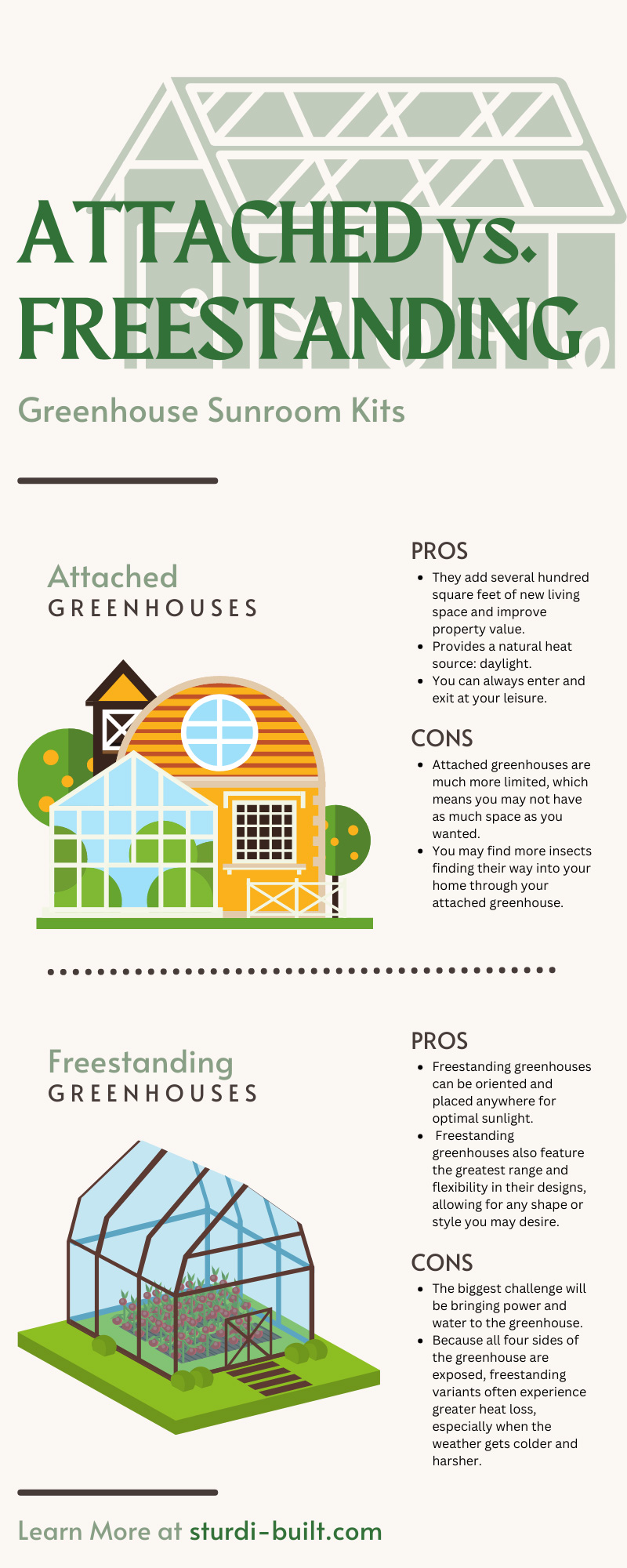





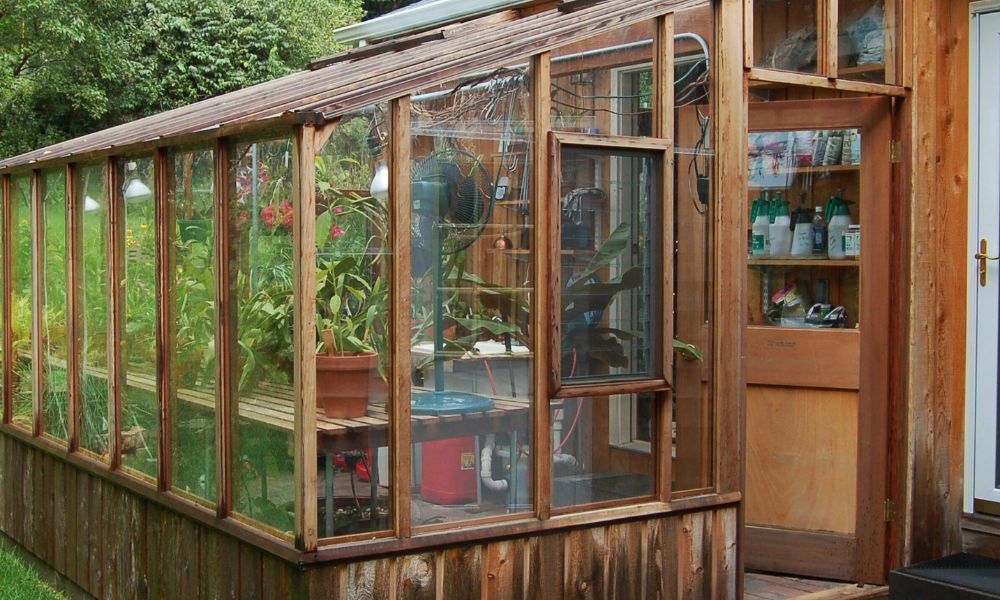

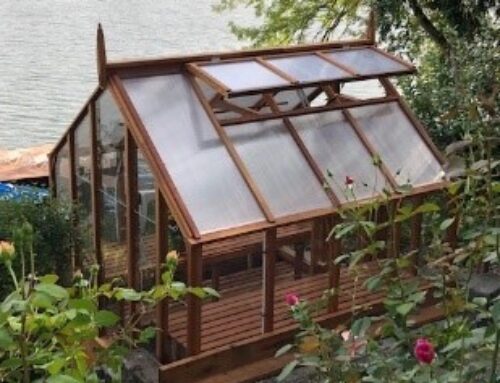
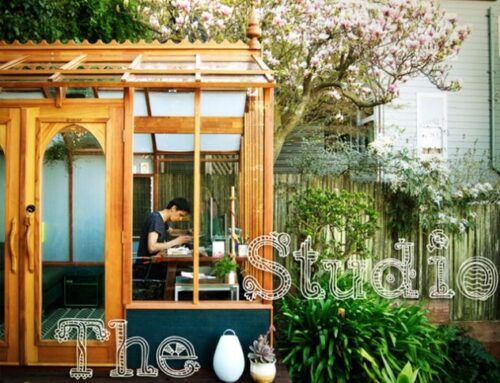
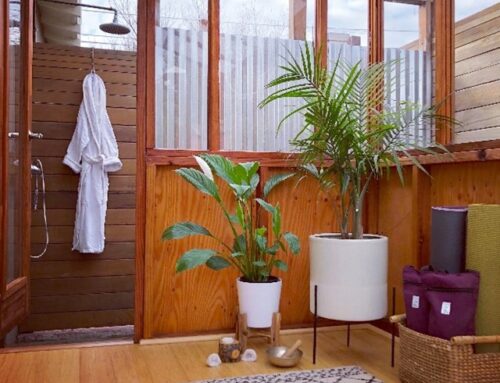
Leave A Comment